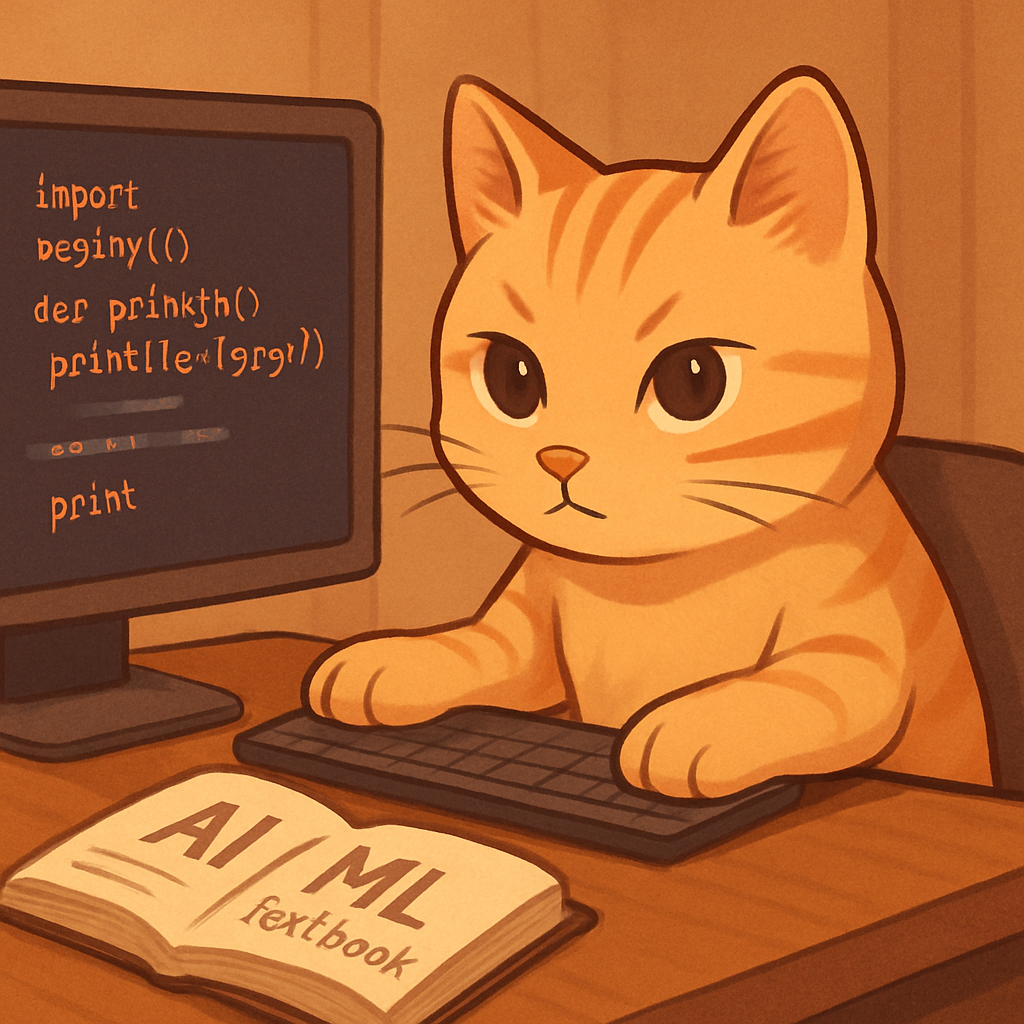Learning SQL Through Questions: How I Built My Understanding One Query at a Time
Introduction
SQL has always seemed simple — just SELECT and WHERE, right?
But today, as I asked question after question and fixed tiny mistakes, I realized SQL is all about clarity and logic. This post documents what I asked, what I struggled with, and how I improved my understanding one query at a time.
The Problem
I didn’t set out with a big goal. I just wanted to:
- Filter data with conditions
- Sort and order results properly
- Count or match string lengths
- Understand how to work with table structure
- Use joins (later)
But the more I typed, the more I realized how fragile SQL syntax can be.
My Questions
Here are some real questions I asked today:
- “How do I filter by year if the date format is Y-M-D?”
- “How do I find words that are exactly 5 letters long?”
- “Why is
ORDER BYgiving an error when I use it twice?” - “How do I check the database name again?”
- “How do I load a
.sqlfile into MySQL using DBeaver?”
Each question came from running into a block — and fixing it taught me more than any tutorial.
What I Learned
1. Filtering by Year
You can use YEAR() function to extract the year from a DATE column.
SELECT * FROM orders WHERE YEAR(order_date) = 2023;
2. Finding 5-letter Words
Using LENGTH() or CHAR_LENGTH() helps:
SELECT * FROM users WHERE CHAR_LENGTH(username) = 5;
3. Ordering Properly
SQL doesn’t allow multiple ORDER BY keywords. Use a single ORDER BY and list multiple columns:
ORDER BY title DESC, rental_rate DESC;
4. Database Info
You can run:
SELECT DATABASE();
5. Importing .sql File into MySQL via DBeaver
- Connect to your database
- Right-click → Tools → Execute SQL Script → Select your file
What I Thought About
Today showed me that:
- SQL is readable, but that doesn’t make it error-proof
- Tiny syntax issues (like a second
ORDER BY) can confuse you for a while - You remember more when you fix real bugs, not just when you follow examples
What I Want to Do Next
- Practice writing full queries for realistic datasets (like film or world)
- Try more subqueries and multi-table joins
- Use DBeaver’s ERD and export/import tools to navigate databases visually
- Create a cheat sheet of my most-used SQL snippets
I didn’t build a full project today — but I built real confidence.
And sometimes, that’s more important than writing one perfect query.
